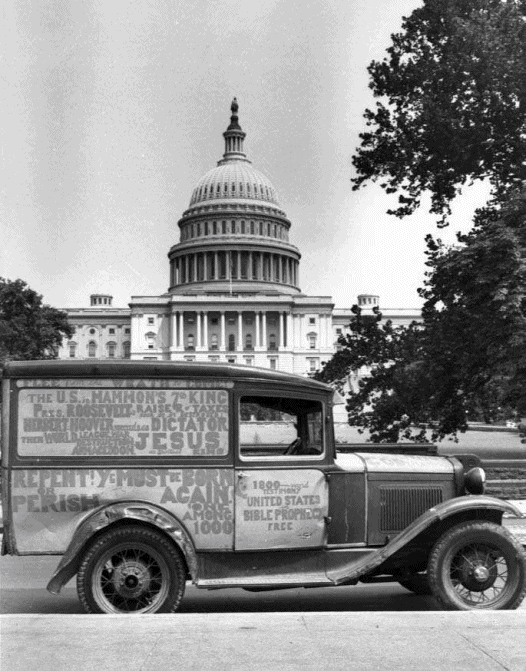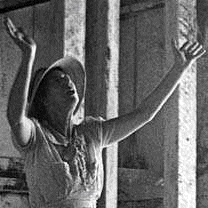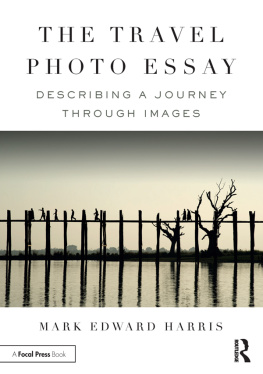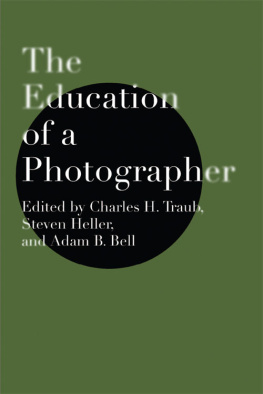
photography and the great depression
COLLEEN MCDANNELL
Yale University Press New Haven and London
Frontispiece: John Vachon, truck of an itinerant preacher parked in front of the U.S. Capitol. Washington, D.C., July 1939 (LC-USF34-060110-D).
Publication of this book is supported in part by a grant from the Nancy Batson Nisbet Rash Publication Fund.
Copyright 2004 by Colleen McDannell.
All rights reserved.
This book may not be reproduced, in whole or in part, including illustrations, in any form (beyond that copying permitted by Sections 107 and 108 of the U.S. Copyright Law and except by reviewers for the public press), without written permission from the publishers.
Designed by Sonia L. Shannon.
Set in Bulmer type with Futura display by Tseng Information Systems, Inc. Printed in the United States of America by Edwards Brothers, Inc.
Library of Congress Cataloging-in-Publication Data McDannell, Colleen.
Picturing faith : photography and the Great Depression / Colleen McDannell.
p. cm.
Includes bibliographical references and index. ISBN 0-300-10430-8 (hardcover : alk. paper)
1. United StatesReligion19011945Pictorial works. 2. United StatesReligious life and customsPictorial works. 3. Documentary photographyUnited StatesHistory20th century. I. Title. BL2525.M395 2005
200'.973'09043dc22
2004007820
A catalogue record for this book is available from the British Library.
The paper in this book meets the guidelines for permanence and durability of the Committee on Production Guidelines for Book Longevity of the Council on Library Resources.
10987654321
To my parents,
Kenneth A. McDannell and Margaret Mary McDannell,
who were there.
Contents

23

3. Churches Without People 53

113

139

7. Farming Jews 167

8. The Negro Church 197

231

10. Projects End 269

279
Acknowledgments 303
PICTURING FAITH
1.1 Dorothea Lange, Revival Mother, woman praying at Victory Through Christ Society Sunday morning worship service in a garage. Dos Palos, California, June 1938 (LC-USF34-018216-E)
Introducing Americans to America

I
saw and approached the hungry and desperate mother, as if drawn by a magnet, Dorothea Lange remembered years later. I do not remember how I explained my presence or my camera to her, but I do remember she asked me no questions. I made five exposures, working closer and closer from the same direction. I did not ask her name or her history. She told me her age, that she was 32. She said that they had been living on frozen vegetables from the surrounding fields, and birds that the children killed. She had just sold the tires from her car to buy food. There she sat in that lean-to tent with her children huddled
around her, and seemed to know that my pictures might help her, and so she helped me.There was a sort of equality about it. Dorothea Lange took many pictures that chilly spring of 1936. She was concluding a monthlong trip photographing migratory farm labor in California for the Historical Section of the Resettlement Administration. In the short term, Langes photographs did aid the migrant workers. Lange took the pictures to an editor she knew at the San
1
1.2 Dorothea Lange, Migrant Mother, destitute pea picker with three of her seven children. Nipomo, California, March 1936 (LC-USF34-009058-C)
Francisco News, he contacted local relief agencies, and food was dispatched to the starving pea pickers. He also agreed to print several of the photographs in the newspaper: What Does the New Deal Mean to This Mother and Her Children? read the headline on one article.1
One of the photographs that Dorothea Lange took of the California pea pickers has become an icon of the Great Depression (fig. 1.2). CalledMigrant Mother,it has been reproduced countless times in newspapers, magazines, scholarly monographs, photography books, and college textbooks. Like the Mona Lisa, it is a classic portrait; it has been used to summarize both the reality of human tragedy and the imprecise nature of visual images. Certainly Migrant Mother appears whenever the discussion turns to how the federal government sent out photographers to document the suffering of innocent people during the Great Depression. The picture is used to introduce the artistry of Dorothea Lange and the other talented photographers who worked to establish documentary photography in the United States.2
In June 1938 Dorothea Lange took more pictures of migrants in California. Two were of a prayer service of the Victory Through Christ Society. Lange did not merely make the photographs, she took the time to describe what she saw. Her captions explain that the Sunday morning revival met in a garage in Dos Palos, California (see fig. 1.1). In one photograph a woman is prominent in the picture and stands with her hands outstretched. Lange quotes her as testifying, Hes such a wonderful savior, Glory to God. Im so glad I came to home. Praise God. His love is so wonderful. Hes coming soon. I want to praise the Lord for what he is to me. He saved me one time and filled me with the Holy Ghost. Hallalulah! He will fill your heart today with overflowing. Bless His Holy name.3 The care in which Lange preserved the womans image and testimony indicates that the photographer was struck by the intensity of spirit she found in a California garage. Lange had happened on a Sunday prayer service led by a Pentecostal woman preacher. She may have been leading the prayers of women in a separate area, or she may have organized her own small congregation of which we see only the women.
Lange had been photographing refugees from Oklahoma and Texas who had come west for the harvest. Her primary photographic goal was to document migrant suffering: crowds waiting for relief checks, families traveling in overpacked cars, tent camps, and the strenuous work of picking vegetables and fruit. While backbreaking labor certainly dominated migrant life, Lange also managed to photograph another life in California: a couple singing hymns inside their tent, a group of children attending an outdoor Sunday school, a wooden church, and a bus with a Jesus Saves sign. These photographs of Dorothea Lange do not have the classic status of Migrant Mother, and they have seldom been seen. They, and other photographs of religious practices, are not part of our mental image of the Depression.
Next page








 photography and the great depression
photography and the great depression 23
23 3. Churches Without People 53
3. Churches Without People 53 113
113 139
139 7. Farming Jews 167
7. Farming Jews 167 8. The Negro Church 197
8. The Negro Church 197 231
231 10. Projects End 269
10. Projects End 269
 I
I